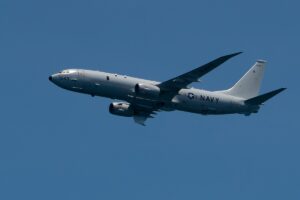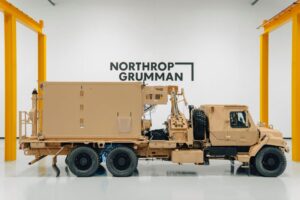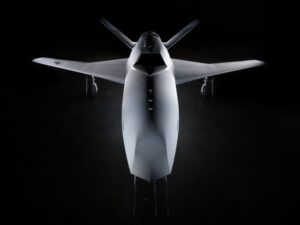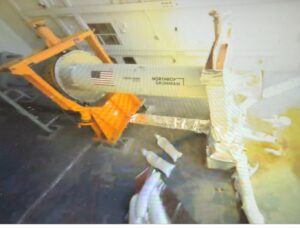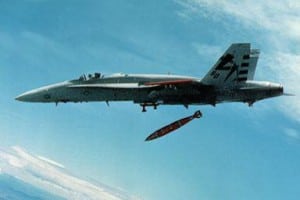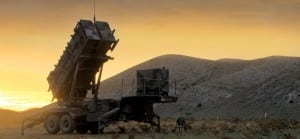
Raytheon’s [RTN] Patriot Air and Missile Defense-System offering for Poland and Germany's missile defense programs includes solid-state advanced radar providing 360-degree coverage as a co-development opportunity. Poland recently chose Raytheon’s Patriot and a consortium of Thales and MBDA for its mid-range missile defense system program. Raytheon has a similar offering for Germany’s missile defense. For both bids, Raytheon is offering the 360-degree radar. For both countries, there is a co-development opportunity for an open architecture common command and control (C2)…





